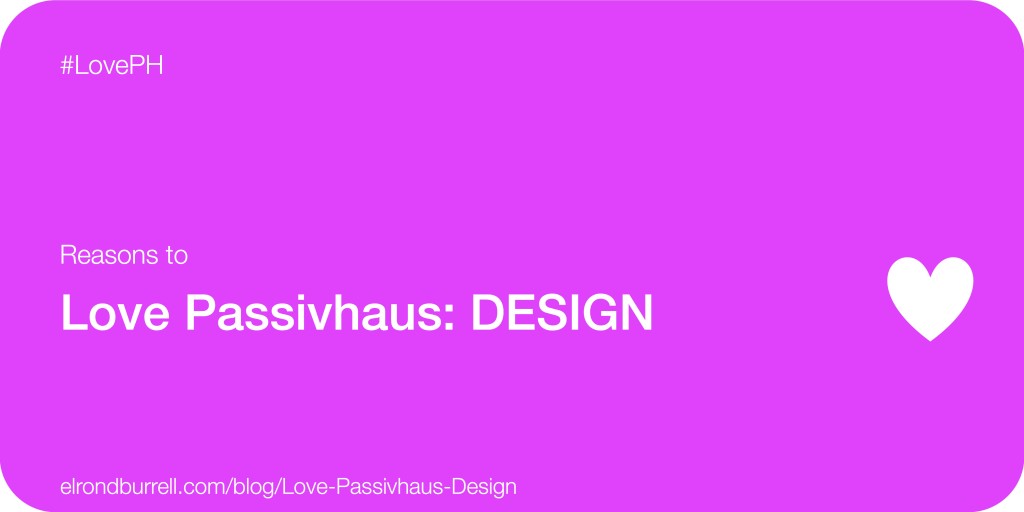integrity
/ɪnˈtɛɡrɪti/
noun
1. the quality of being honest and having strong moral principles.
2.the state of being whole and undivided.
Breaking promises damages your integrity. Do you make promises about the performance of buildings you design or construct? And do your buildings keep those promises?
Let me share a short story with you.
On a commission where I was the project architect, we reassured our clients that their new building would be super energy efficient, among other things. And yet, once the building had been handed over, I found myself in an embarrassing situation.
In a meeting with the clients, they put me on the spot and asked me why the energy bills were so high. No matter how many times I explained that the new building was much larger than their old building and had a lot more energy consuming equipment in it, there was no way out: in the clients’ mind we had not delivered on the promise of a super energy efficient building.
In fact, the new building was very energy efficient. However, we had never quantified what we meant by a “super energy efficient” new building. Therefore, the clients’ interpretation of this was lower energy bills and all they had to compare were the energy bills from their old building.
Needless to say, this project wasn’t a certified passivhaus building. Had it been, we could have given the clients an accurate prediction of what the (radically low) energy consumption would be. They would have had a good estimate of the expected energy bills. And the building would have performed as predicted. Our promise would have been kept.
Integrity is a reason to Love Passivhaus!

